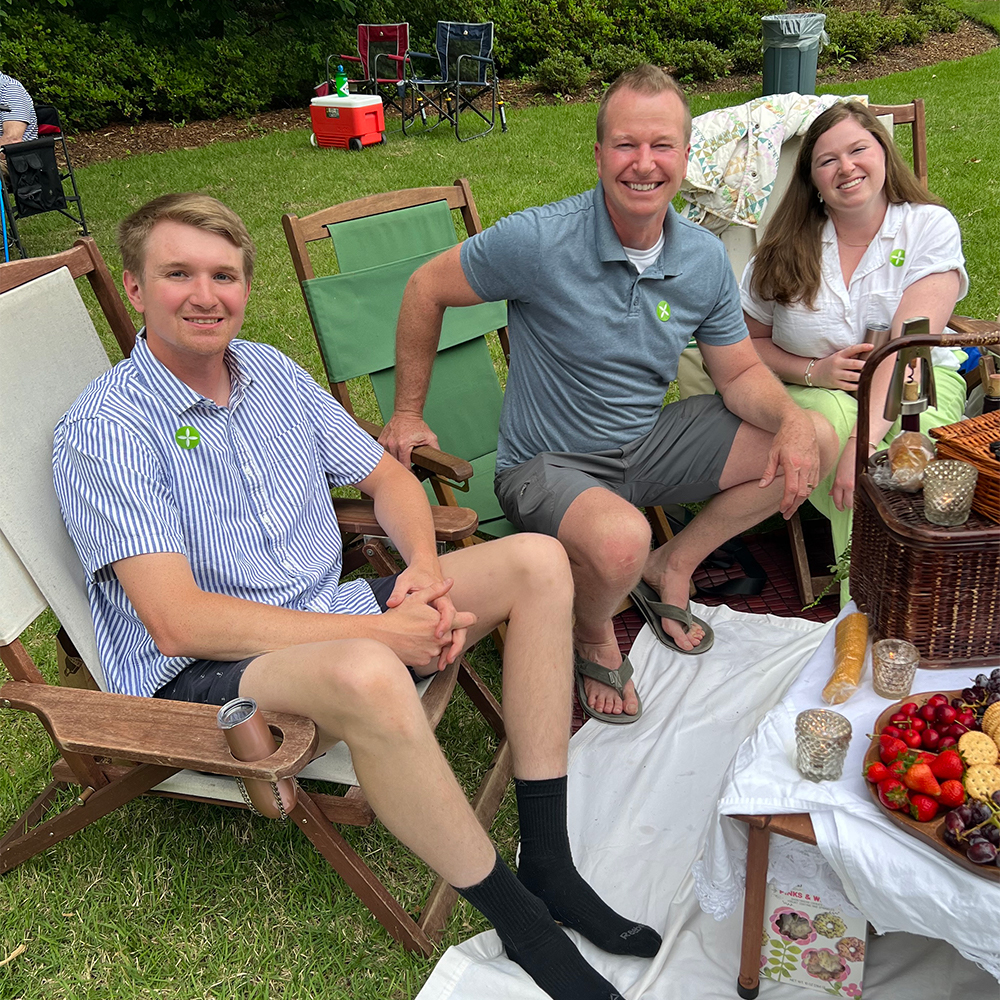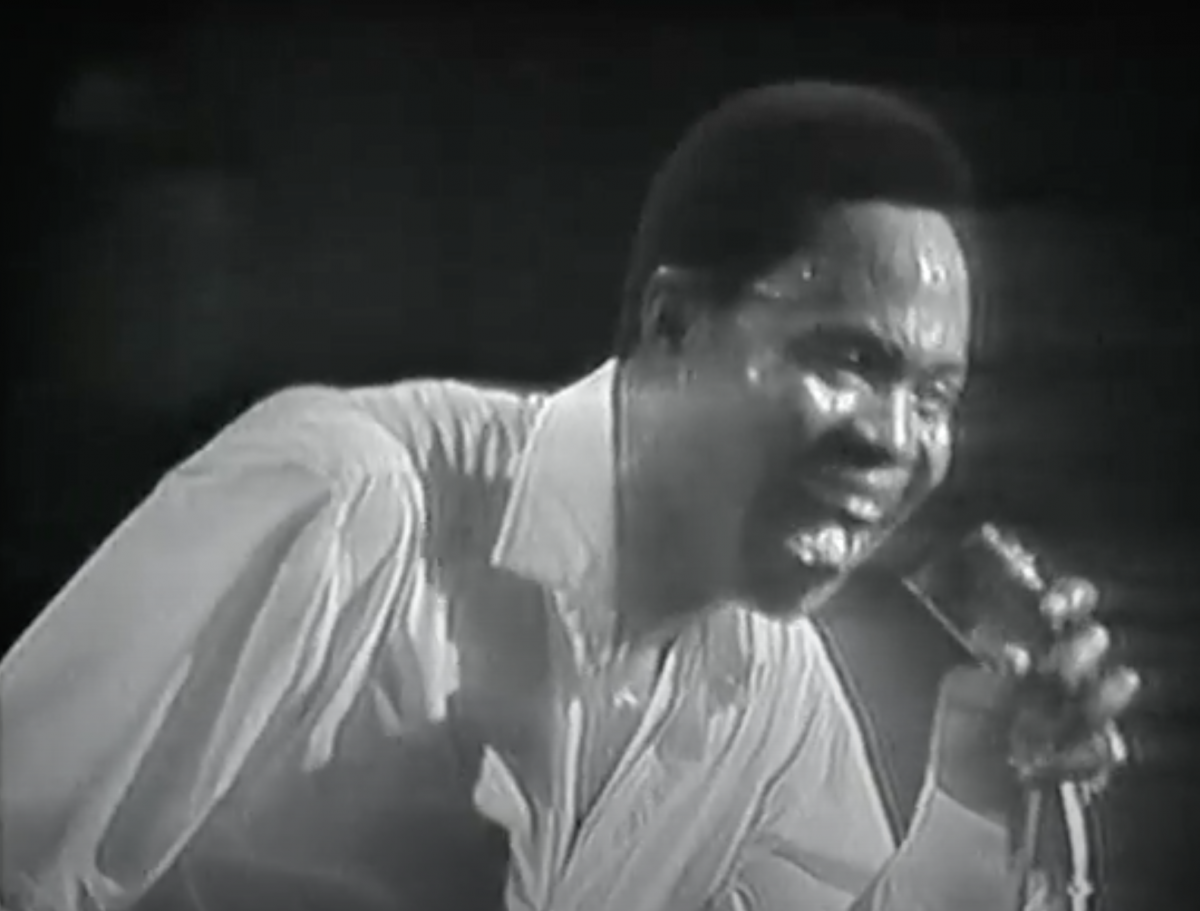As in many school districts across the South, where segregation was once the law, it took protests and a court order to desegregate public schools in Fayette County, Tennessee.
That order came nearly a dozen years after the U.S. Supreme Court’s landmark decision in Brown v. Board of Education in 1954, which declared legally mandated racial segregation in schools unconstitutional.
Fayette County, a place where new homes are sprouting like spring grass in towns on its outskirts, is still operating under the 1965 order. The order has led to racially integrated schools, with Black and white students proportionally represented in most of the four elementary schools, two middle schools, and one high school. Growing numbers of Hispanic students are also enrolling, and the current superintendent, Versie Ray Hamlett, is Black.
That’s a vast change from what 78-year-old Myles Wilson, a former Fayette County school superintendent and now a school board member, faced in 1963, when he was reading hand-me-down books at all-Black Fayette County Training School.
“The textbooks were terrible,” Wilson recalled. “Sometimes, entire pages would be destroyed. I guess they were tearing pages out because they knew they would be passed down to us.”
But, Wilson added, “We’ve made some great strides. We’ve had seven Black superintendents since 1984.”
Yet Wilson said he and other members of the community are worried that progress, so hard won, could erode once a new consent decree that the Justice Department issued in 2023 is satisfied – and the 1965 court order is lifted.
“A lot of Blacks feel like we shouldn’t be released from the consent decree, because they’ll go back to the old way, because that’s what’s happened in the rest of the country,” he said.
Many school districts across the country still have racially segregated schools, and school segregation has increased in the last three decades.
Sean Reardon, a professor of poverty and inequality in education at Stanford University and Ann Owens, a University of Southern California sociologist, released a study this month showing how an increase in school segregation has been driven by two factors: school districts being released from court oversight and an expansion in school choice policies, particularly the spread of charter schools.
That follows what Reardon and researchers at Stanford found in a 2012 study. According to their analysis, school districts released from desegregation orders in the two decades after 1990 began to resegregate. Ones that continued to be under judicial oversight did not.
“These results suggest that court-ordered desegregation plans are effective in reducing racial school segregation, but that their effects fade over time in the absence of continued court oversight,” the abstract said.
Fayette County’s long fight for civil rights
In Fayette County, the original court order to desegregate the schools was part of a protracted battle for civil rights, one that the New York Times described in 1969 as the “longest sustained civil rights protest in the nation.”
It began in 1959, when John McFerren and Harpman Jameson, both farmers and World War II veterans, attended the trial of Burton Dodson, a Black man who was accused of murder and had escaped a lynch mob.
McFerren and Jameson learned that because few Blacks were registered to vote, it would be impossible for Dodson to get a jury that wasn’t all-white. At the urging of Dodson’s lawyer, James Estes, McFerren and Jameson began to register Black sharecroppers to vote – a move that resulted in many of them being evicted by their white landlords.
Evicted families pitched tents on the outskirts of Somerville, the Fayette County seat, and activists from around the nation joined them.
The tent city disbanded in 1962 after the Justice Department sued the landowners, and the courts ordered them to stop interfering in the rights of Black people to vote or run for office. But the fight for racial justice was far from over – as Wilson would learn.
After graduating from Lane College in Jackson, Tennessee, in 1967, Wilson was hired as a teacher at Fayette County Training School, arriving two years after the court order. He later sued the school system when he and all the single, Black male teachers were fired to prevent them from teaching white girls, he said.
The teachers were reinstated, and Wilson would file other lawsuits over the years to fight racial injustice in the system.
With his own battles for racial justice and desegregation behind him, Wilson fears that without the court order, Fayette County could backslide.
While the school district has satisfied many of the requirements of the court order, the new consent decree requires, among other things, that school officials work with the Justice Department and the NAACP Legal Defense Fund to “develop an effective and sustainable student assignment policy to further desegregation in its schools.”
More white families are moving from Memphis to Oakland, a town in Fayette County, and demands are growing for a new high school there – even though the county’s only high school, Fayette-Ware High School, is under capacity, he said.
The school can accommodate 1,300 students, Wilson said, but currently enrolls about 833. Of those, 61% are Black, and 30% are white. He fears that the addition of a new high school could drive segregation.
Wilson also fears that the recent push for universal vouchers by Republican lawmakers – a battle that Gov. Bill Lee has vowed to revive next year – could also erode desegregation progress in Fayette County by giving families public dollars to enroll children in private schools.
One private school in the county, Fayette Academy, was established as an all-white school in 1965, as the desegregation order was handed down. In 1971, U.S. District Judge Robert McRae, whose orders led to school desegregation in Memphis and later upheld busing, called the school “a beautiful building sitting on top of a hill as a monument against the black people.”
The private Christian school remains predominantly white.
Daphene McFerren, daughter of John McFerren and whose brother John McFerren Jr. was one of the original plaintiffs in the desegregation lawsuit, said that if the order is lifted, it doesn’t have to mean the end of progress.
“I don’t want to speculate on where this can end up, because who knows?” said McFerren, who is the executive director of the Benjamin L. Hooks Institute for Social Change at the University of Memphis.
But, McFerren said, the fact that the school district is abiding by the consent decree means they are cooperating.
“That should be acknowledged,” she said. “But we should be vigilant in that the goal of this is to eradicate any form of discrimination where it exists in the education of our children.”
McFerren, however, described it as a “Catch-22″ situation. Satisfying the consent decree should mean that the district has met its desegregation goals. But will the district continue to maintain those goals once the mechanism forcing it to do so is gone?
“Well, as I always say, a case can always be reopened,” McFerren said.
Bureau Chief Tonyaa Weathersbee oversees Chalkbeat Tennessee’s education coverage. Reach her at tweathersbee@chalkbeat.org. Chalkbeat is a nonprofit news site covering educational change in public schools.




















